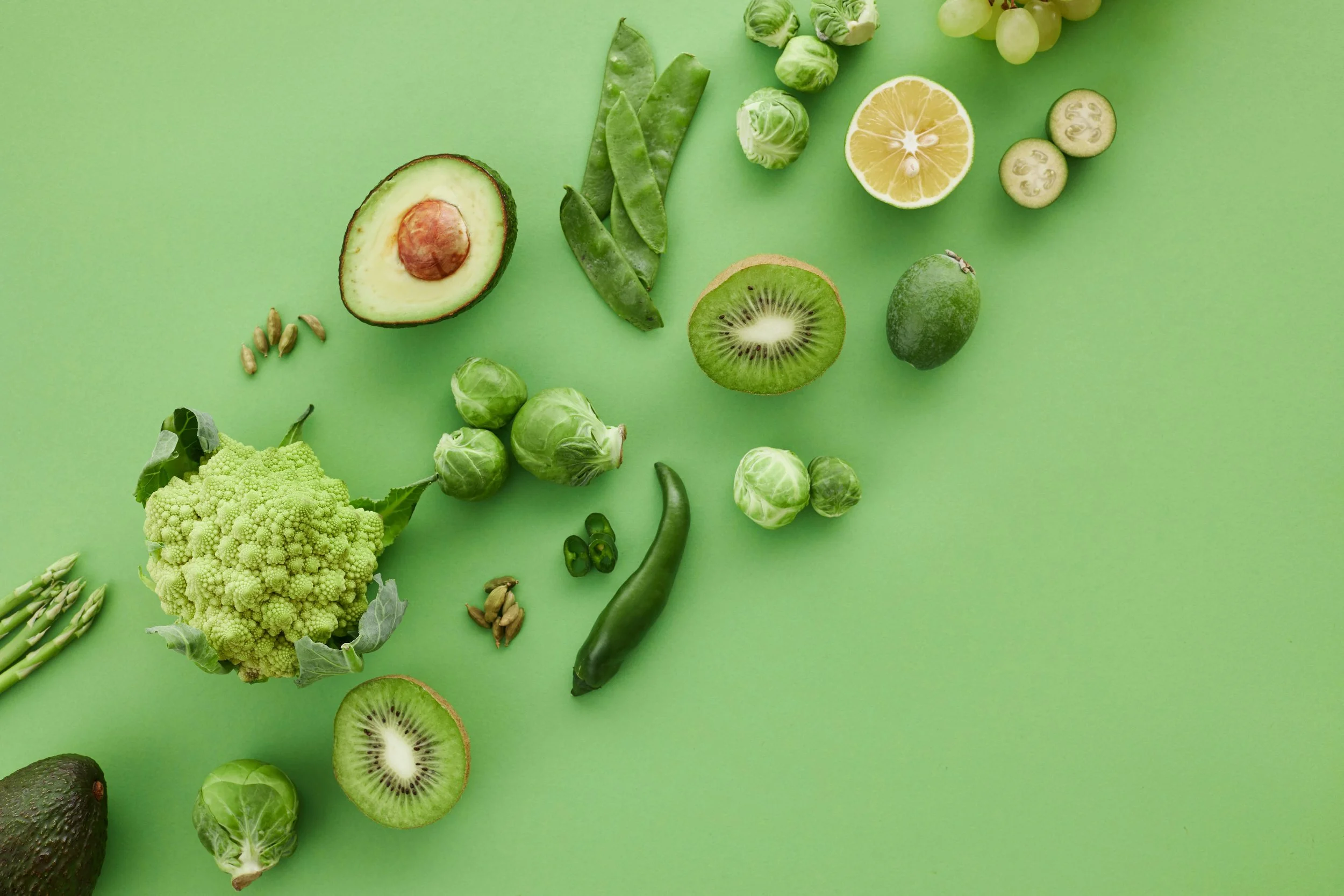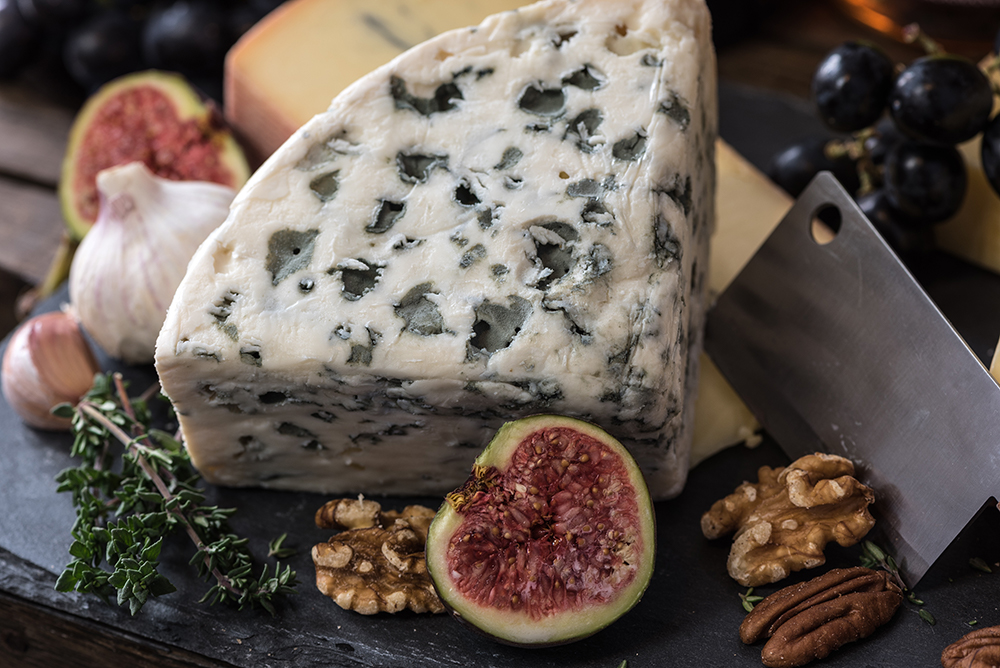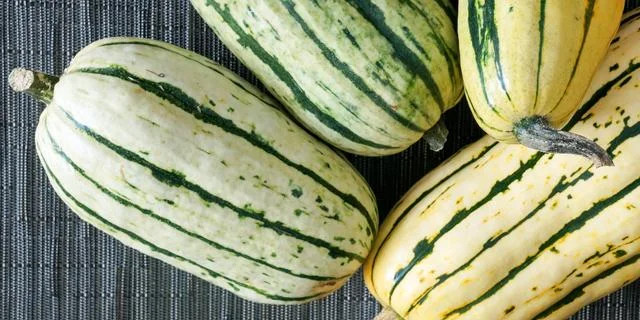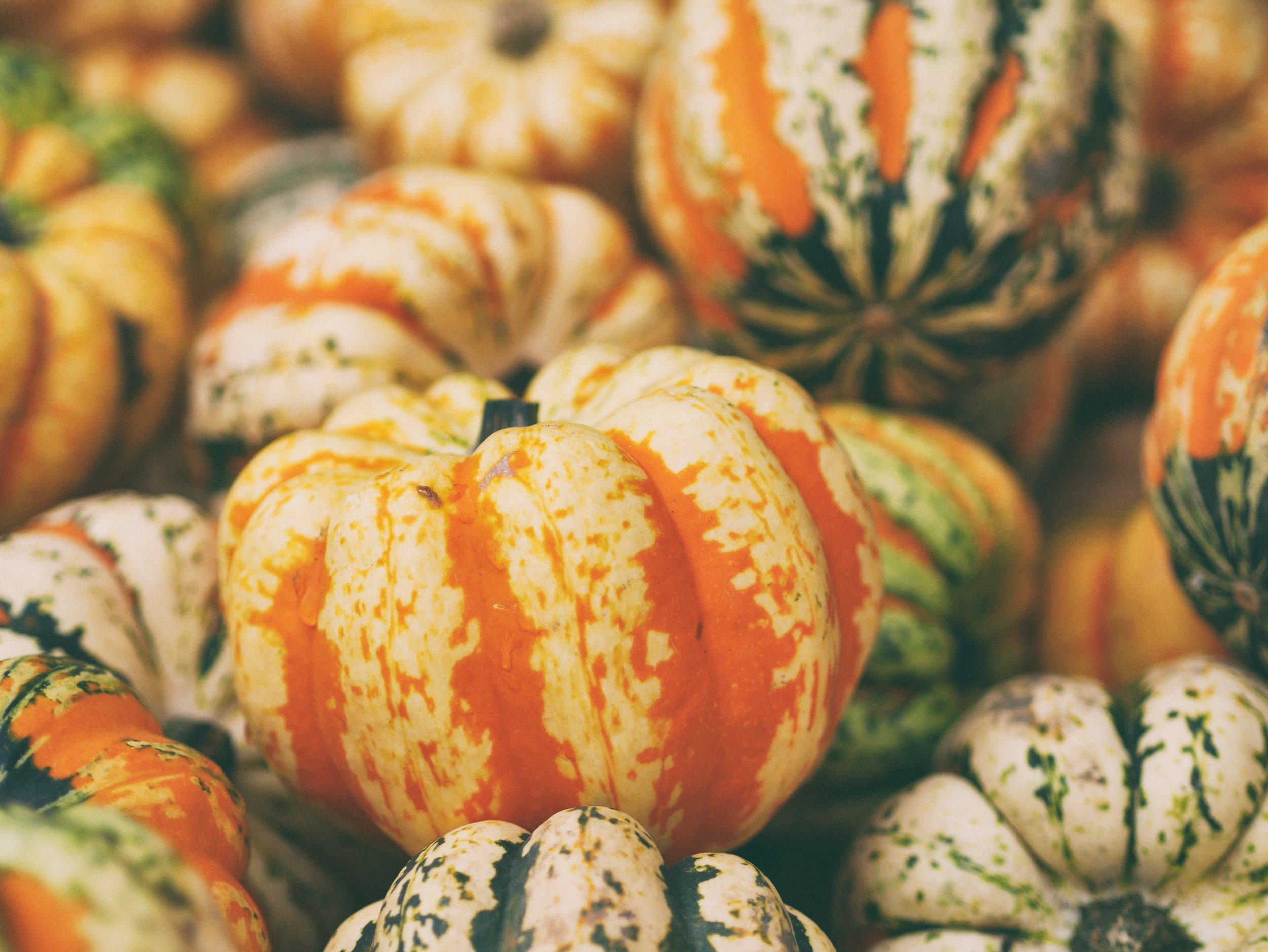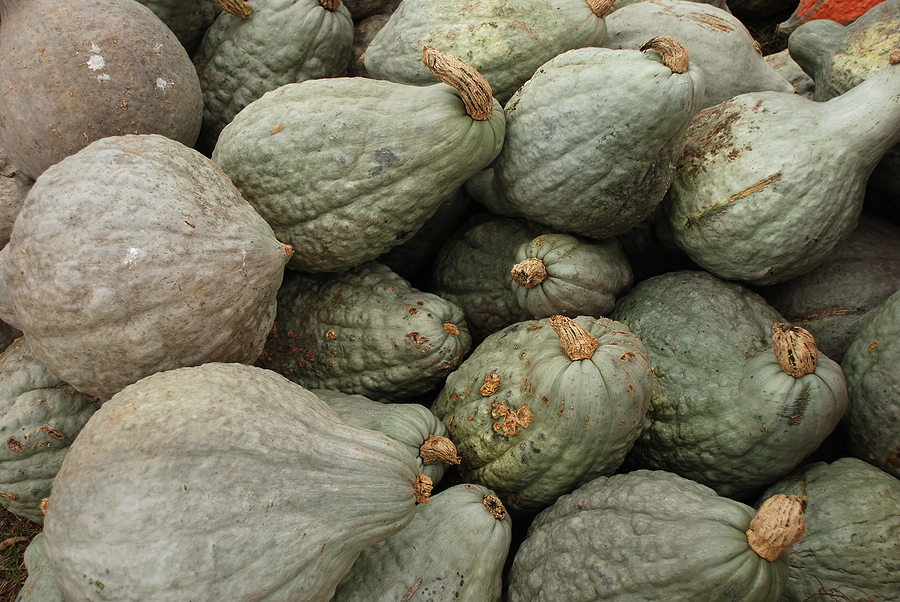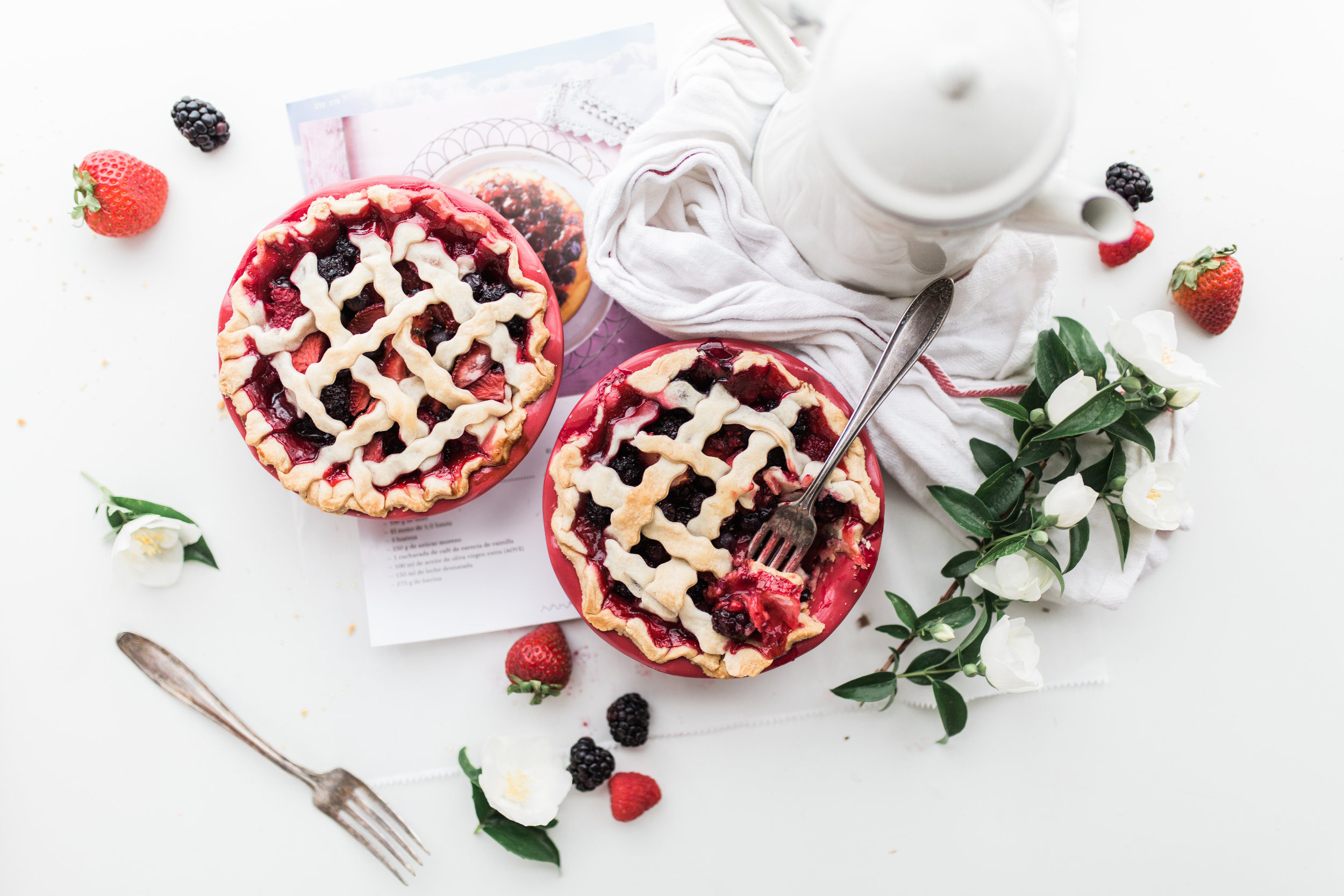Tender acorn squash is filled with apple and dried cranberry stuffing for a delectable side or main dish.
Ingredients
- 2 acorn squash, cut in half, seeds removed
- 3 tablespoons unsalted butter
- 3 cups diced yellow onion
- 2 celery stalks, diced
- 3 cups diced apple, cored and seeds removed (about 2 large apples)
- 1/2 cup dried cranberries
- 2 tablespoons maple syrup
- 1⁄3 cup water
- 1/2 teaspoon cinnamon
- Pinch each of salt and black pepper
Preparation
- Preheat oven to 375°F. Place acorn squash halves face down on a rimmed sheet pan or baking dish and add 1/2 inch of water to the pan. Bake squash for 40 minutes.
- While the squash is baking, heat the butter in a saucepan over medium heat. Add the onion and celery and sauté for 5 to 10 minutes until soft. Add the apples, cranberries, maple syrup, water and cinnamon; stir well and cook another 5 to 10 minutes until the apples begin to soften. Season with salt and pepper. Remove from heat.
- After the squash has baked for 40 minutes, remove from the oven, turn them cut side up, and fill each with the apple stuffing. Place back into the oven and bake another 15 to 20 minutes until the squash is tender. Serve warm.
Serving Suggestion
Slice the stuffed squash halves into wedges to serve as a side with ham, turkey or chicken, or serve each half as a vegetarian entrée.

